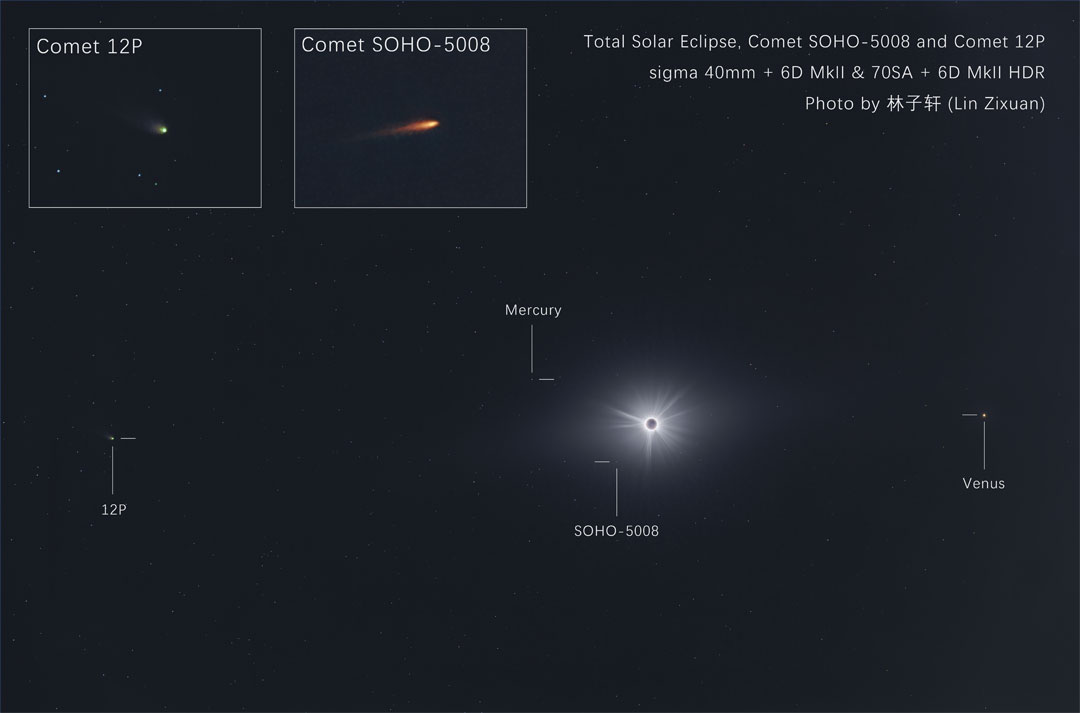-
2013 Winter Lecture Series
The 2013 Winter Lecture series kicks off on Friday January 25, 2013 at 7:00 p.m. in the Hagar Auditorium, Museum of the Rockies. Short SMAS club meeting to follow.
FROM THE BIG BANG TO GALLATIN VALLEY: The Cosmic biography of atoms
Shane L. Larson
Department of Physics, Utah State UniversityEverything we see around us is composed of the same fundamental building blocks — the 92 naturally occurring chemical elements. The most abundant element in the Cosmos is hydrogen, most of which was synthesized in the Big Bang. But where did all the atoms we see around us come from? How did the original hydrogen in the Universe evolve and mutate into carbon and calcium and iron and gold and all the other elements that we can easily find by breaking open rocks and other common Earthly objects? The answer is intimately tied to the lives of the stars. They are born out of loose nebular gas and dust, burn their hydrogen fuel into heavier more complex elements, and ultimately explode in one of the most devastating cosmic events known — a supernova — dispersing the elements out into the Cosmos.
In this talk, we’ll consider the biography of an atom, from the Big Bang to the Gallatin Valley, and explore how the evolution and changes of a single atom can be traced and followed in the lives and deaths of stars. We can trace the lives of the stars through what can easily be seen with small telescopes and binoculars, and will navigate our way through the night sky to visit nebulae, star clusters, binary stars, and supernova remnants to tell our tale.






